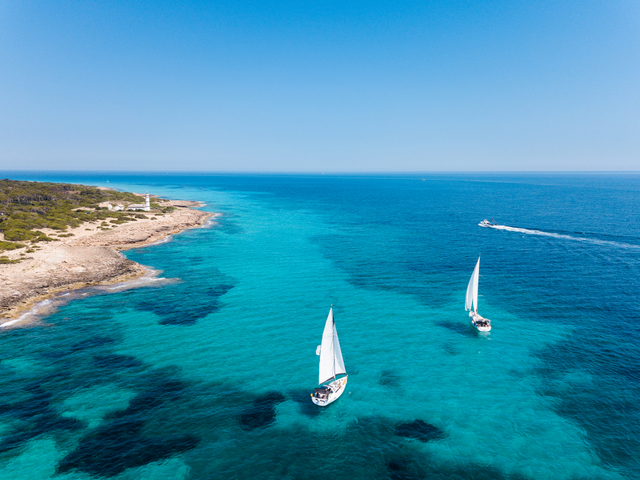UK tourist hotspot house price growth stagnates during the pandemic

Research by the estate agent comparison site, GetAgent.co.uk, has found that a lockdown enforced trend for staycations may have been good news for the UK tourism sector, but it hasn’t been so great for local property prices in tourist hotspots.
GetAgent analysed UK house price growth since the start of the pandemic and how it differed across areas classed as tourism hotspots versus the rest of the market.
When it comes to outright property price prestige, tourism hotspots cost, on average, a good deal more than the rest of the market.
In fact, the latest data shows that across the 30 areas classified as UK tourism hotspots, the average cost of a home is £432,194. 62% more expensive than the average of £266,831 found across the rest of the market.
However, while the majority of UK homeowners have enjoyed a house price boom, house price growth across the nation’s tourism hotspots has lagged behind.
On average, house prices across local authorities not classed as a tourist hotspot have increased by 10.4% since January 2020.
In contrast, tourist hotspot house price growth since the start of the pandemic sits at just 5.8% – considerably lower than the rest of the market.
The silver lining is that higher existing house prices mean the pounds and pence increase of this 5.8% equates to £23,693 in added value – just £1,443 less than the £25,136 uplift generated via a 10.4% increase across the rest of the market.
Founder and CEO of GetAgent.co.uk, Colby Short, commented:
“From London to the Scottish Highlands, Cornwall to Conwy, the UK is home to a wealth of tourist hotspots and the local property markets in these areas comprise some of the most sought after in the nation.
Whether it’s a central location in a historic city or an area of natural beauty, a home in these areas is likely to cost you considerably more.
However, it seems as though a pandemic inspired boost in domestic tourism has dampened desirability from a house price perspective with house price growth across these tourist destinations stagnates at around half that of the rest of the market.”




